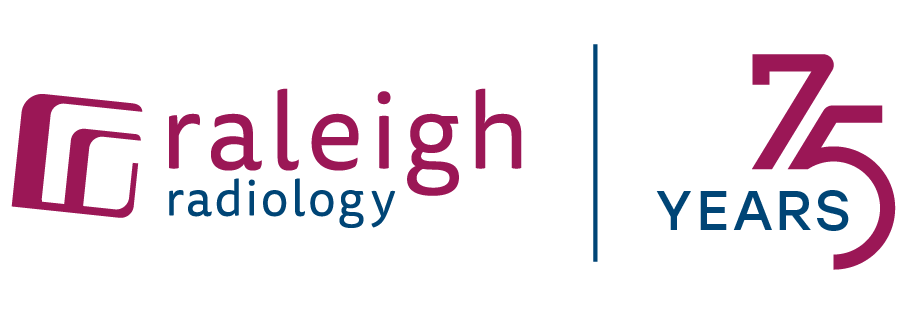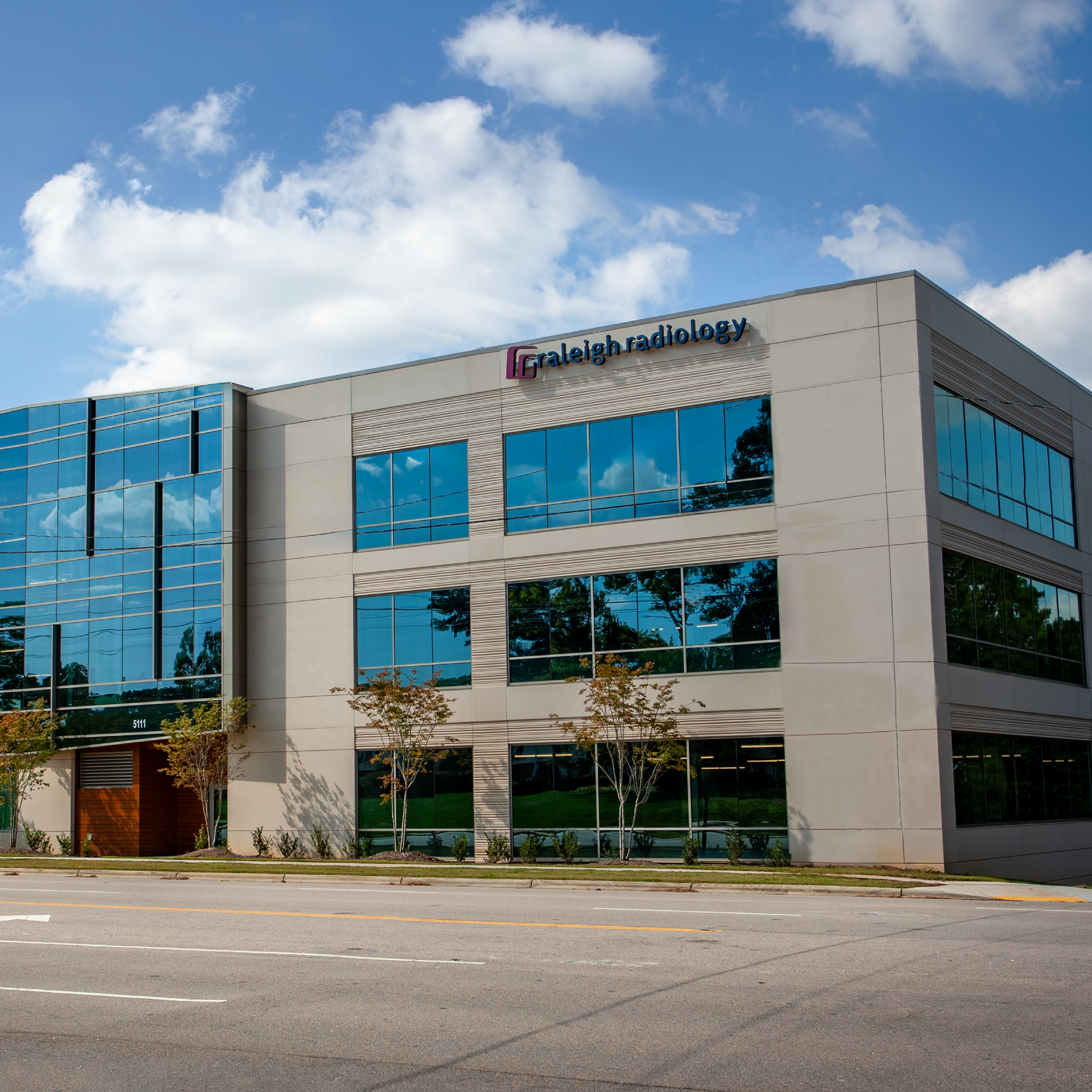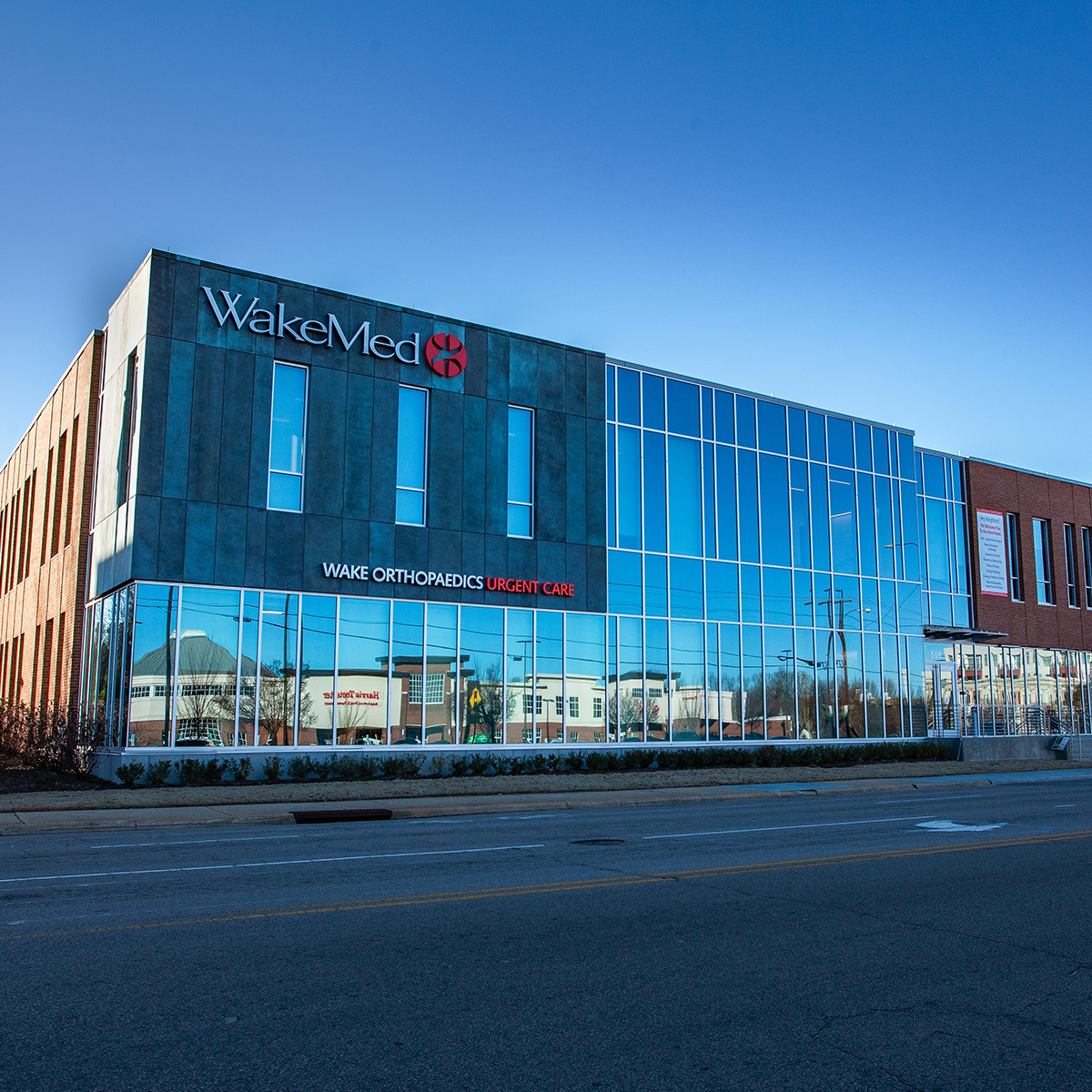Raleigh Radiology is committed to providing patients with the most advanced mammography technology available. Digital Mammography with CAD (computer aided detection) is the best tool available to help detect breast cancer in its earliest stages – when it has the best chance of being cured. In clinical studies, digital mammography screening detected up to 28% more cancers than film screen mammography in women under the age of 50, premenopausal and perimenopausal women, and all women with dense breasts.
Raleigh Radiology was the first radiology practice in Wake County to offer digital mammograms to patients, and now offers this service at ten convenient outpatient locations. All of our offices that perform mammograms are accredited by the American College of Radiology and certified by the FDA. In addition, all mammography exams are read by board-certified radiologists, many of whom have earned additional sub-specialized training in breast and women’s imaging.
3D Mammogram
Raleigh Radiology is a proven leader in breast imaging in the Triangle. We are proud to be the first to offer 3D breast tomosynthesis mammography, advanced 3-dimensional breast imaging, for the earliest detection of breast cancer.
This new type of mammography produces a 3D image of the breast, providing breast imaging radiologists with a clearer view through overlapping breast tissue. The result is a more detailed picture, making breast abnormalities easier to see, even in dense tissue.
Tomosynthesis also improves the radiologists’ ability to detect potential breast cancers by helping to pinpoint the size, shape, and location of abnormalities. This helps the radiologist distinguish harmless structures from tumors, leading to fewer false positives and fewer call-backs, and reducing anxiety for patients.
This new technology is available at all of our facilities and is FDA approved. Patients that choose to add 3D tomosynthesis mammography to their exam may be asked to pay an additional fee. We will bill your insurance for the other components of the procedure and payment will be subject to insurance plan provisions.
Screening vs. Diagnostic Mammogram
Screening Mammogram
- Performed on people who don’t have any symptoms.
- They are PREVENTATIVE and usually consist of two views of each breast.
- Used to detect breast cancer early when it’s easier to treat before it causes symptoms such as a lump that can be felt.
Insurance Coverage
Under the Affordable Care Act (ACA), most insurance policies cover preventative care for women including screening mammograms.
What it means when you are called back for a diagnostic mammogram after your screenin mammograml
- If an abnormality is found on a screening mammogram, a follow-up diagnostic mammogram is recommended for further evaluation.
- The breast radiologist sees an area that looks different from other parts of the breasts such as calcifications or a mass (which could be a cyst or solid mass). When more images are taken of the area or mass, or the area is compressed more, it may no longer look suspicious. In fact, most repeat mammograms do not find cancer
Diagnostic Mammogram
- Performed to look at breast tissue after a lump or abnormalities in the breast have been found.
- Ordered by your doctor when there is reason to suspect there is a problem and your doctor wants more detailed information.
- May be recommended following a screening mammogram and will consist of additional mammography images.
- These diagnostic images check for breast cancer after a breast lump or symptom of breast cancer has been identified and may be followed by additional breast imaging, including breast ultrasound, breast MRI, and biopsies.
- An MQSA-Certified radiologist is on hand to advise the mammographer to ensure all needed images are capture
Fast Breast MRI
Fast Breast MRI is a screening tool used for average-risk women with dense breasts. There is no radiation used with this imaging procedure. While mammography has been proven to be an effective tool in detecting cancers, finding cancers in a denser breast can be more challenging. A 15-minute breast MRI exam called Fast Breast MRI can provide more detail when used in conjunction with a 3-D mammogram in women with dense breasts.
What is a Breast Navigator?
A certified breast navigator is a dedicated person experienced in the flow of events in navigating patients through screening, diagnostic breast care, breast biopsies, and coordinating care for breast cancer diagnosis.
After completion of the diagnostic mammogram if a biopsy is recommended, one of our certified breast navigators will contact you to explain the procedure and schedule the appointment. Once the pathology report is ready, the breast navigator will contact you to discuss the results and identify next steps.











